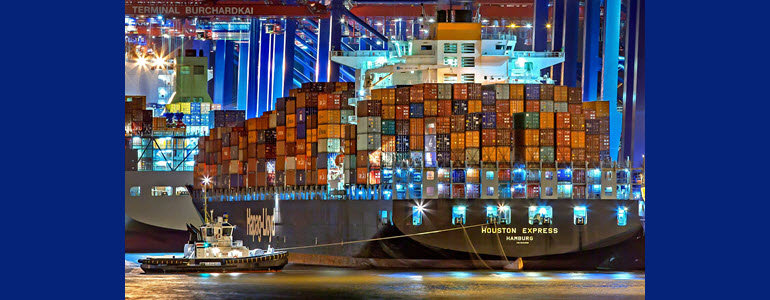
Global shipping is starting to find its way out of recent bottlenecks, offering a glimmer of hope for Canadian agriculture and food sectors says Farm Credit Canada (FCC). As disruptions ease, the focus now shifts to fluctuating fuel costs which could impact future shipping rates.
For the past year, shipping disruptions have been a major headache. Ships had to take longer routes due to closures in key areas like the Red Sea, significantly increasing travel times and costs.
This rerouting around Africa and other challenges like low water levels in the Panama Canal have caused delays and higher freight rates worldwide.
The good news according to FCC is that conditions are improving. Recent rainfall has helped restore water levels in the Panama Canal, allowing more ships to pass through each day. This recovery is expected to stabilize the flow of goods, potentially reducing delays and costs associated with shipping.
However, fuel prices remain a wildcard. Current oil and gasoline inventories are lower than usual, which could keep prices high. This unpredictability is a concern for Canadian exporters, as fuel costs greatly influence shipping expenses.
Overall, while the situation is looking up for global shipping, Canadian exporters are advised to stay prepared. Planning for potential disruptions, like strikes at ports and railways, is essential to minimize impacts on operations.
According to the FCC, maintaining flexibility in logistics will be key to navigating these uncertain times effectively.

